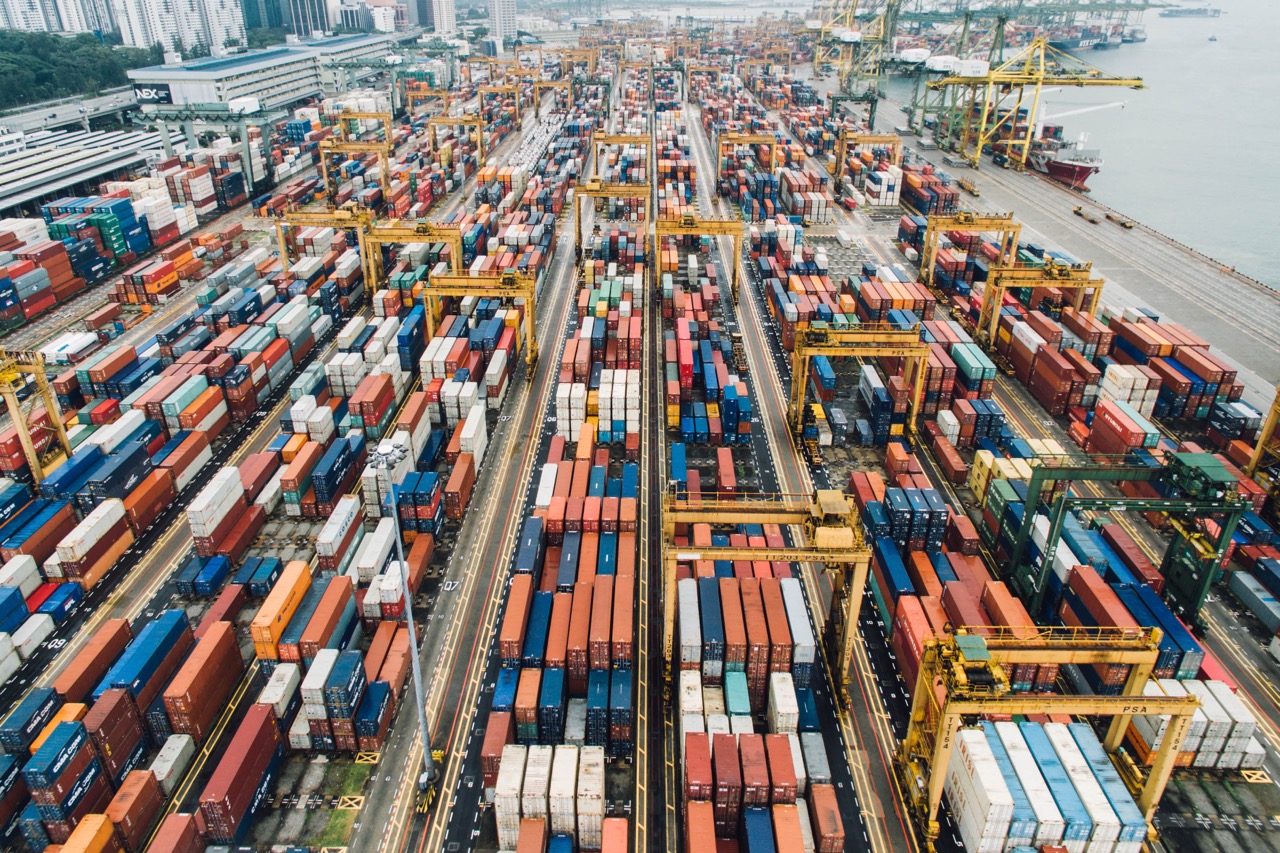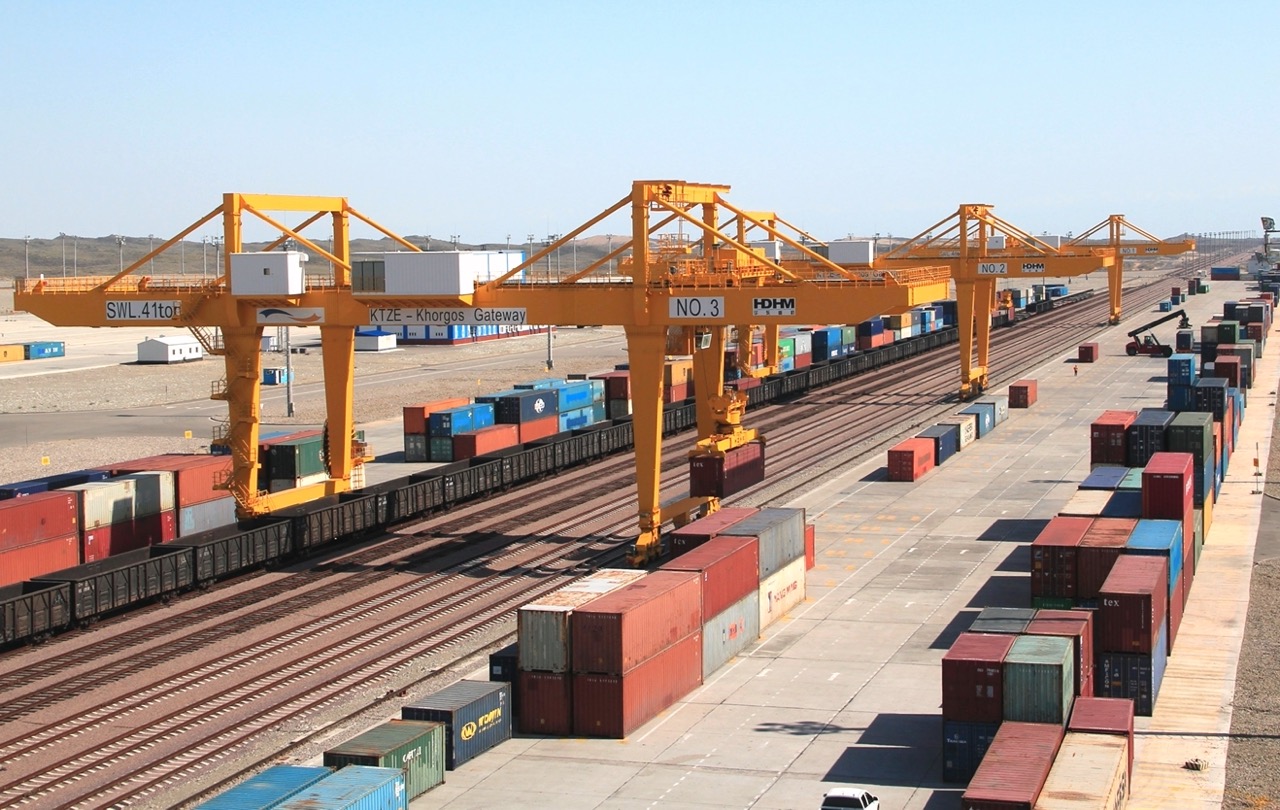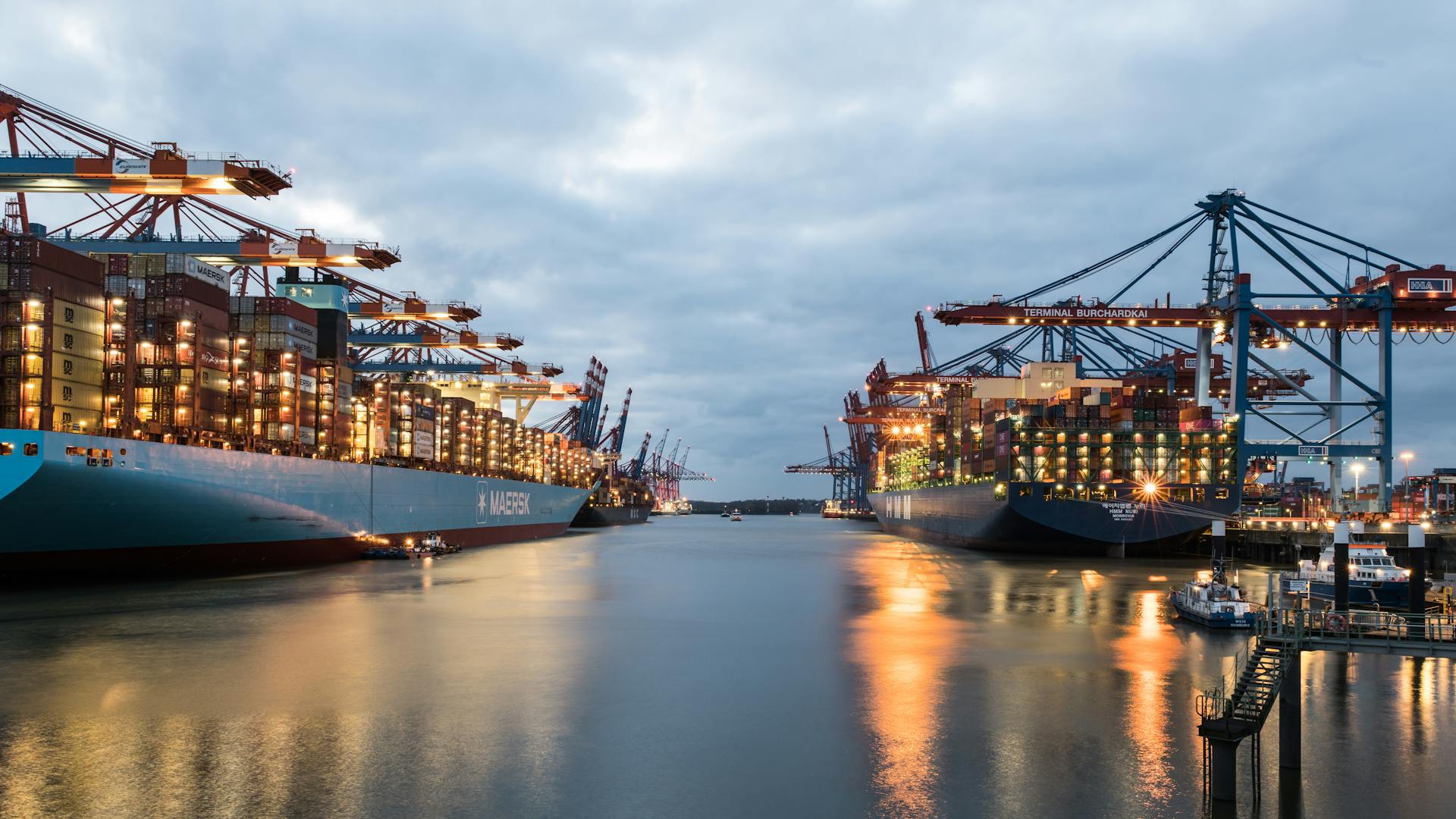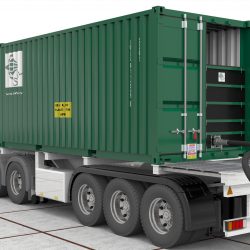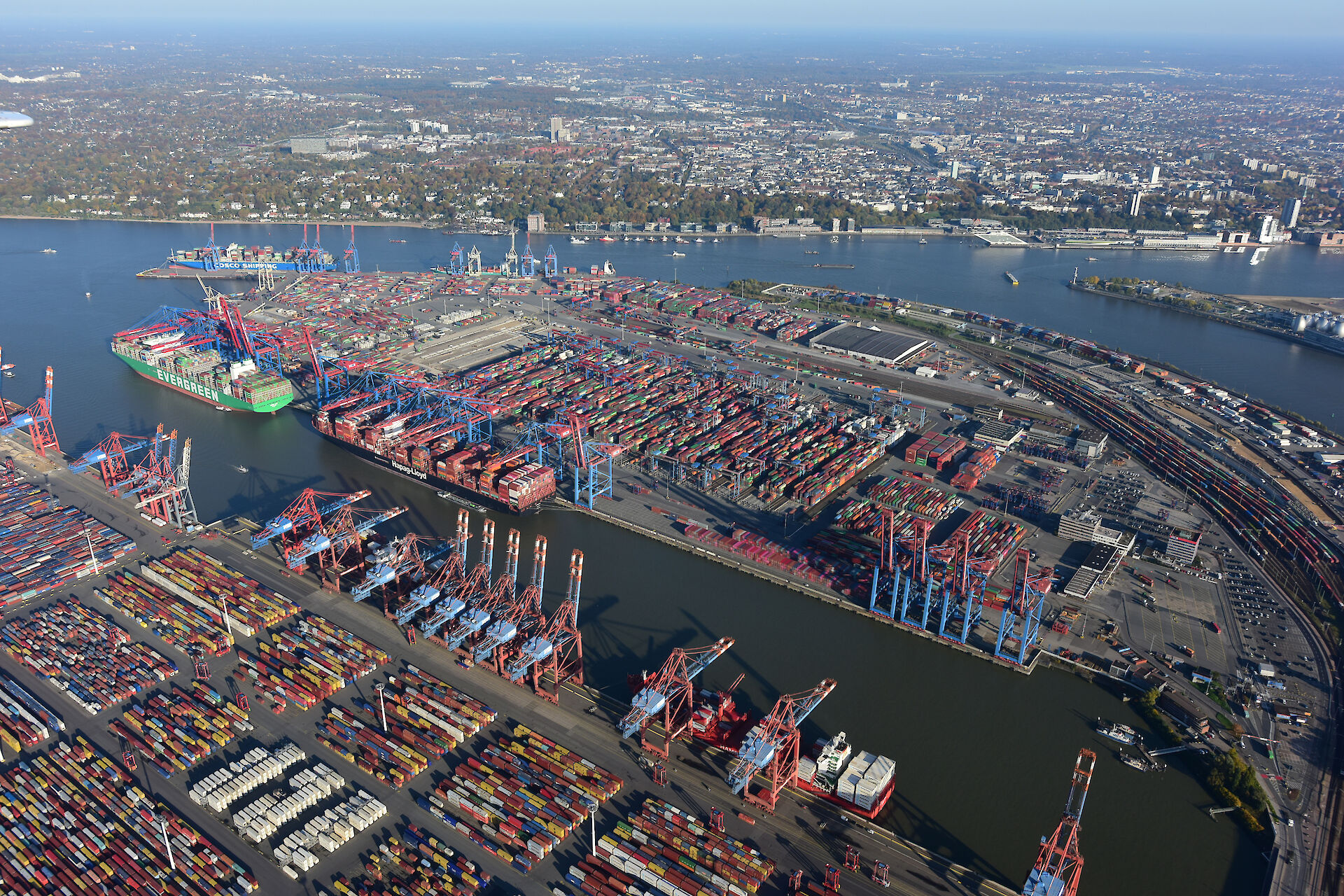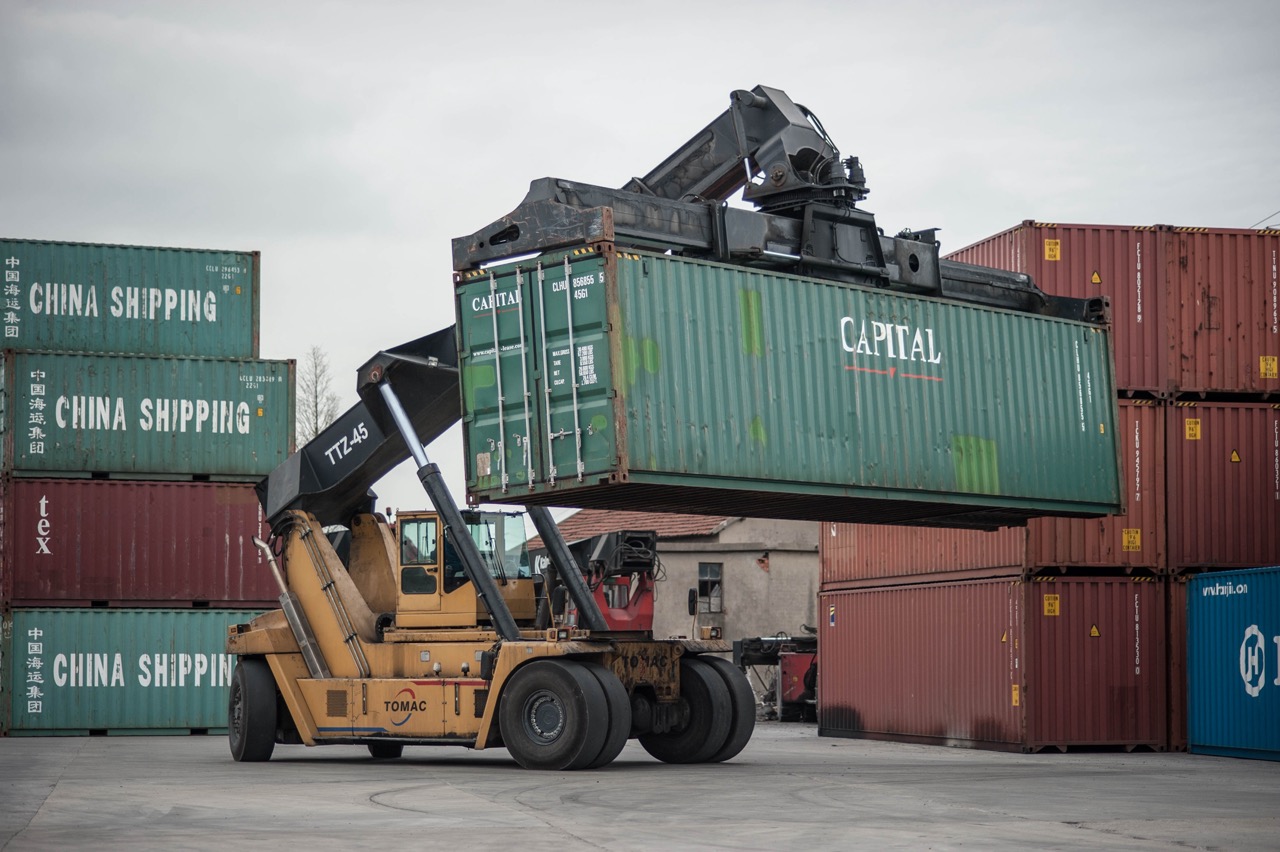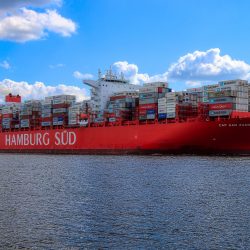Trends in international logistics, which dictate a new business strategy
The logistics market has gone through dramatic changes in the last few years, and the pandemic and its aftermath have played an important role in this. Freight rates are invariably going up, which affects both exporters and importers. In this regard, experts highlighted trends in international logistics, which affect the formation of the entire market.
As the pandemic showed, the most vulnerable segment was air transportation. The year 2020 turned out to be a crisis year for the sphere, and the recovery is still underway. Passenger traffic reached pre-crisis levels by about 53%, and cargo traffic by 25%. As for the main directions, North America-Europe, Asia-Europe and North America-Asia have been the main ones for a long time.
Analysts forecast positive growth dynamics for the airline industry, as evidenced by the results of the past two quarters. However, seasonality should also be taken into account, which plays a large role in this case. Besides, a number of companies demonstrate their refusal from sea cargo transportation in favor of air cargo transportation. This opens up new perspectives and hope for a quick recovery of the segment.
In order to minimize losses, airlines began to use flights to transport both passengers and cargo. However, due to the small number of people, flights are canceled, thereby disrupting the route of product deliveries as well. As a result, logistics suffer, delivery times increase, and orders arrive late.

This factor has also had its effect on shortages of important goods, including semiconductors. The latter are used for electronics manufacturing and in the automotive industry.The disruption of the supply chain has led to higher prices for logistics services and goods in general.
World Semiconductor Trade Statistics conducted an extensive logistics market research for 2020-2021, with a special focus on the crisis and ways out of it. According to the recommendations, companies should timely identify and eliminate risks, which is especially important during the period of disrupted supply chains and semiconductor shortages. To reduce possible problems with product delivery, the best solution would be to have several suppliers to turn to in case of need.
The pandemic and the trade war between the U.S. and China have shown the importance of diversifying supply markets. Although most production facilities are still located in the PRC, many companies are actively moving their facilities to Europe, Thailand, Vietnam and other countries in the ASEAN region.
It is also important for transport companies to pay attention to the redistribution of cargo flows. In this case, it is necessary to minimize losses for all parties. This will make it possible not to lose customers and not to work at a loss.

